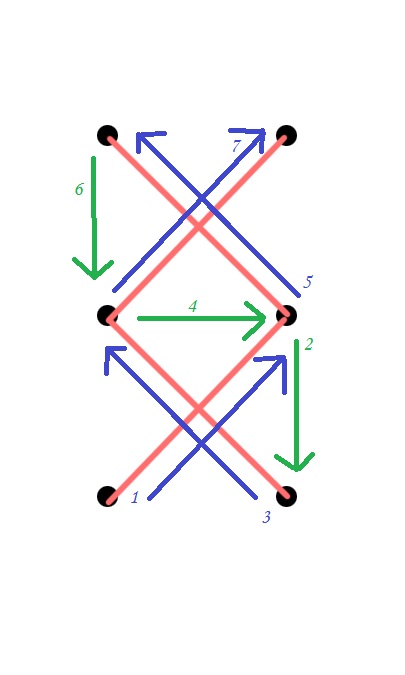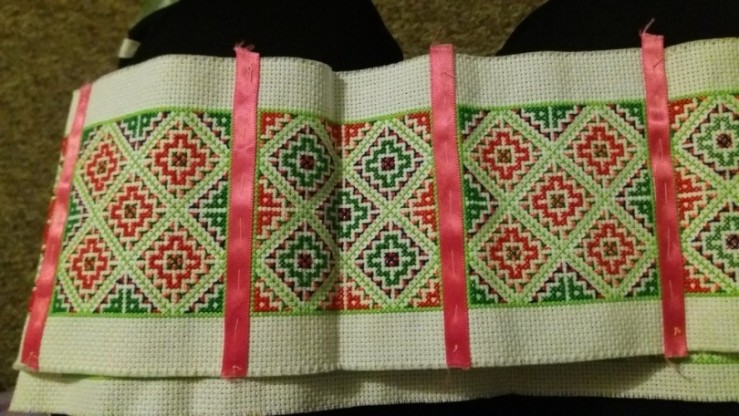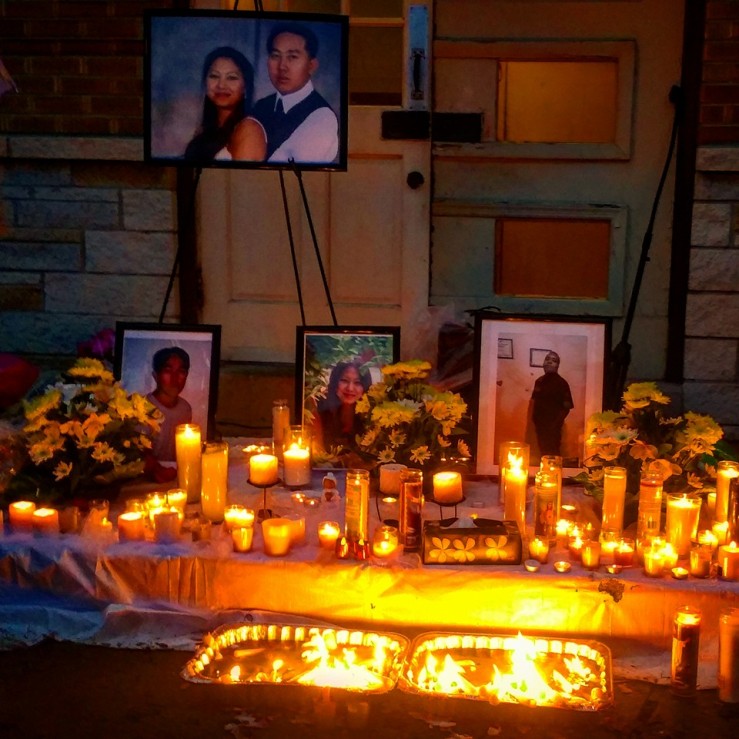In honor of Halloween, I will be sharing a ghost story with you this week and next week. These stories have chilled me to the bone and I hope to spread a little Halloween terror.
The story begins with a man named Pob Zeb; he was becoming older and his parents had asked him to find a bride because soon, they will be too old to help him with his wedding. Back then, many men had to travel across many mountains and vast terrain to find a girl fitting their expectations. From one village to another, the journey could last many days; once the men arrived to these villages they will stay with relatives and find women to court.
Pob Zeb and his friends would make this journey to another village. As luck may have it at the first village they visited, he found a beautiful, filial, hardworking woman fitting and even exceeding his expectations. This woman was named Paj Sua, in the village she was sought after because her beauty was incomparable and she was extremely humble. Pob Zeb would visit Paj Sua during the day as she did her chores diligently; Pob Zeb would ask, “Paj Sua, are you willing to come with me and be my wife?”
Paj Sua would reply, “if you really love me, then I am willing to go with you.” For the next few months, Pob Zeb would go back and forth between the two villages to see Paj Sua until one day; Pob Zeb‘s mother became ill. He was told to stay home, so he could go look for herbal medicines for his mother. While he was taking care of his mother, Paj Sua was waiting for him. They were so in love that she could not figure out why he has left her without notice. As the many days past, there was no Pob Zeb in sight and Paj Sua became depressed.
When Pob Zeb‘s mother gained her health back, he quickly went to see Paj Sua. From the distance he can see Paj Sua‘s village, it looked unkempt. When he finally entered the village it was empty; there seemed to be no inhabitants but he can hear the deep growls of stray dogs. Still no signs of liveliness as he slowly made his way through the village to Paj Sua’s house. Upon arrival, he saw a small fire going through the cracks of the wood and knocked on their door. After a few silent moments, the door slowly swung open to reveal a single person, Paj Sua.
Pob Zeb, quickly embraced her and questioned where everyone had gone to. Her response was short, “they all went to sleep at the garden,” since this was common practice back in those days he thought nothing of it. They sat around the fire place and she refused to look at him, her hair covered her face while she crouched over to blow air into the fire. Each time she blew maggots would fall out of her mouths. At this point, Pob Zeb had become too scared to say anything. The presence in the house has now changed to something ominous, but he did not want to alert Paj Sua. He ate very little dinner and they prepared for bed.
After laying next to Paj Sua for what seemed like hours, Pob Zeb slowly peaked over at his girlfriend to find a rotting and bloody face. His suspicions were correct, his beloved girlfriend has died and is now roaming the Earth as a ghost. He started plotting his escape at this point, and came up with the idea to go use the bathroom. Pob Zeb whispered, “Paj Sua, I really need to go to the bathroom. You stay here while I go outside, okay.”
However, Paj Sua refused, “just pee at the foot of the bed, I don’t want you to leave.”
Pob Zeb quickly thought of a new plan, “okay, if you’re scared I will leave then hold onto this end of my sash.” He quickly untied his sash and gave her one end while holding the other. After making his way out of the house, Pob Zeb tied his end of the sash to a wooden post and ran as fast as he could. Paj Sua called for Pob Zeb to come back there was no response, so she quickly got up to see where he was. When she saw what he had done, she was furious, her rotting face became more distinguished and she ran after him.
“Pob Zeb! I will catch you!” she screeched, he did not know how long he was running for but before he knew it, it was morning. He continued running until he got home to tell his parents of what has happened. His parents immediately called a shaman to come perform rituals to fend off his dead girlfriend. They have changed his name, so when Paj Sua comes searching for him she will be misguided. In the Hmong culture, ghosts do not recall certain things about their past lives.
So, this will bring the story of Pob Zeb and Paj Sua to an end. This is only one of many variations of this story that I have heard. If you are interested, I will provide a link of many more Hmong Ghost Stories here.



